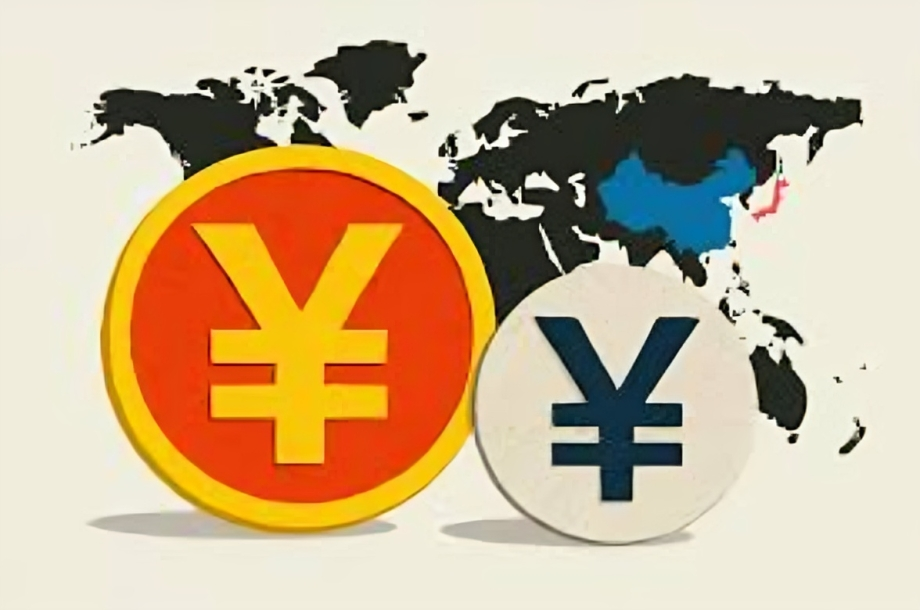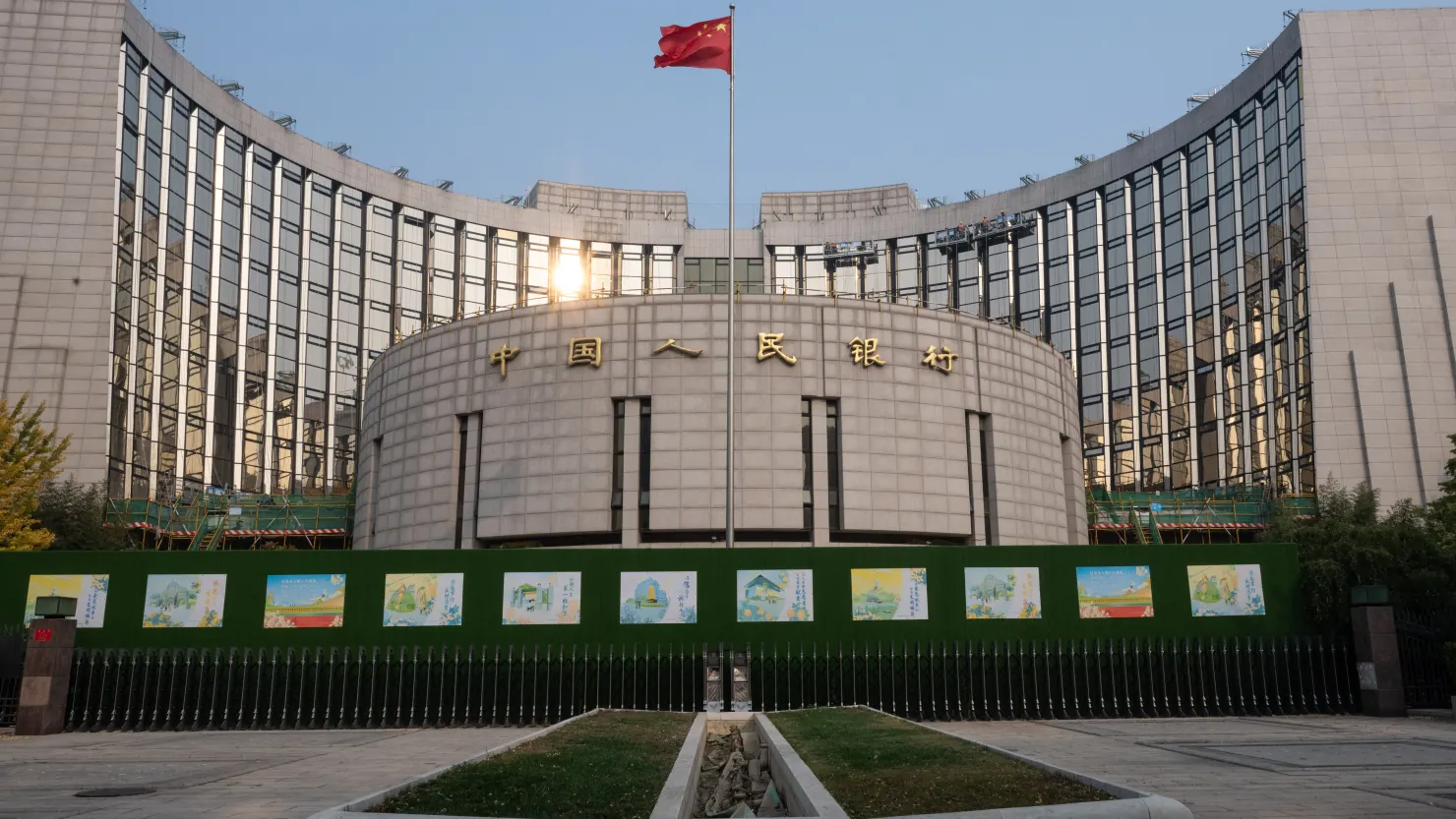Beijing has decided to hold its key lending rates steady for June 2025, as widely expected by financial experts. This comes after a series of rate cuts and other monetary easing measures taken last month to stimulate the country’s slowing economy. As the world’s second-largest economy navigates its complex recovery path, this decision highlights the delicate balancing act Chinese policymakers are facing.
In this article, we explore what these lending rates are, why China chose to pause further cuts for now, and what lies ahead for its economy.
What Are China’s Benchmark Lending Rates?
China’s Loan Prime Rate (LPR) is the main interest rate used by banks to set borrowing costs for businesses and households. It is managed by the People’s Bank of China (PBOC), the country’s central bank, but is technically set by 18 designated commercial banks.
There are two main types of LPRs:
- One-Year LPR:
- Influences short-term loans for companies and households.
- Current Rate (June 2025): 3.00%
- Five-Year LPR:
- Mostly affects mortgage loans.
- Current Rate (June 2025): 3.50%
The PBOC introduced this system in 2019 to make loan pricing more market-driven and flexible.
Why Did China Keep the Rates Steady in June 2025?

While many countries are struggling with inflation, China faces a different problem—deflationary pressure and weak domestic demand. Still, experts predicted no change in June, mainly because:
- China already cut the LPRs in May 2025, the first reduction since October 2023.
- The May move was complemented by state-owned banks lowering deposit rates to encourage spending.
- Authorities want to wait and assess the impact of these recent easing measures before proceeding with further rate cuts.
According to a Reuters poll conducted recently, all 20 market participants surveyed believed China would not make additional changes to rates this month.
China’s Economic Challenges: A Deeper Look
Even though China’s GDP grew 5.4% in Q1 2025, bringing the quarterly output to $4.4 trillion, major challenges persist:
1. Weak Household Consumption
One of the biggest problems for China right now is subdued household spending. Several factors contribute to this:
- Lower incomes due to economic uncertainty.
- A weak social security system prompting people to save more for education, healthcare, and retirement.
- Lack of attractive alternatives to real estate for long-term savings due to an underdeveloped stock market.
This savings-first behavior means that much of China’s wealth is locked up in real estate investments rather than fueling consumer demand.
2. Deflationary Pressure
Unlike the inflation crisis many Western economies face, China is flirting with deflation. Falling prices might sound good for consumers, but they often signal deeper issues:
- Lower wages and job insecurity lead people to postpone spending.
- Businesses reduce production due to weaker demand, which then leads to layoffs—a vicious cycle.
3. Real Estate Troubles
The real estate sector, once a pillar of China’s rapid growth, has been stagnant since the collapse of major developers like Evergrande and Country Garden. Falling property prices have shaken consumer confidence.
4. External Pressures
- Trade tensions with the US continue to weigh heavily on China’s economy.
- Ongoing geopolitical uncertainty, including supply chain realignments by global companies, is slowing export growth.
5. Youth Unemployment
Youth unemployment in China, particularly among those aged 16-24, has been above 15% for several quarters, limiting fresh household consumption growth.
What Is China Doing to Fix This?
The Chinese government has unveiled multiple policy responses to address these problems:
1. Rate Cuts (Already Implemented)
In May 2025, China reduced:
- One-year LPR by 10 basis points
- Five-year LPR by 20 basis points
These were aimed at lowering borrowing costs for both households and businesses.
2. Deposit Rate Cuts by State Banks
Lower deposit rates discourage saving and promote spending or investment.
3. Real Estate Support Measures
Authorities are encouraging banks to offer preferential loans to first-time home buyers and are easing restrictions on second-home purchases in some cities.
4. Boosting Foreign Investment
China has launched “Invest in China” campaigns, offering tax breaks and easier market access to foreign investors.
5. Encouraging Tourism
Visa-free travel for select countries and aggressive promotion of domestic tourism have been rolled out to stimulate spending.
6. Promoting Innovation
Heavy investment in semiconductors, AI, and green energy as part of the country’s “Made in China 2025” strategy continues to be emphasized.
Why Not Cut Rates More Aggressively?
While it might seem logical for China to keep cutting rates aggressively to stimulate growth, there are risks:
- Currency depreciation: Lower rates could lead to yuan weakening against the dollar, risking capital outflows.
- Property bubble resurgence: Over-stimulating the economy could inadvertently re-ignite real estate speculation, which Beijing wants to avoid.
- Financial Stability Concerns: Aggressive cuts might affect the health of the banking sector, especially smaller regional banks.


[…] China Holds Lending Rates Steady in June 2025 — Why the Pause Matters for the Global Economy […]